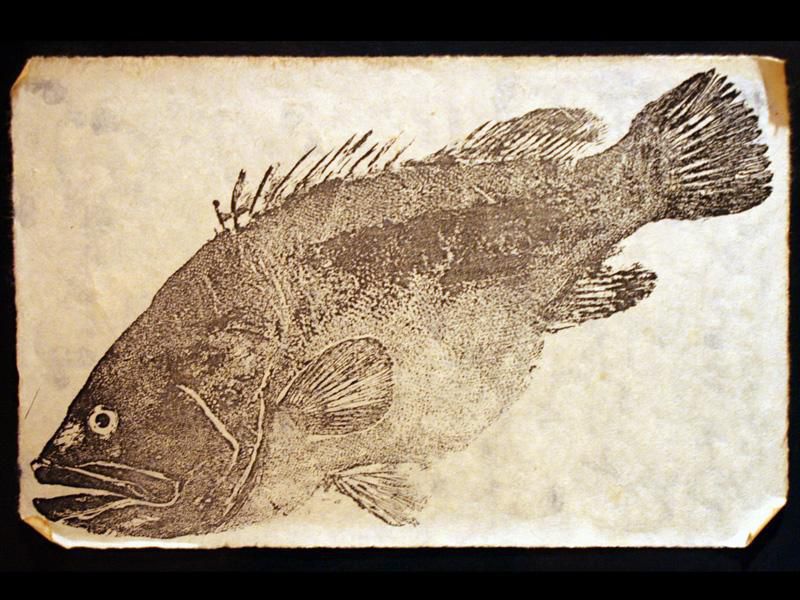Traditional Japanese Fish Art Could Be a Boon for Conservation www.smithsonianmag.com
posted by
 AkihabaraBot
|
5 years, 8 months ago
AkihabaraBot
|
5 years, 8 months ago

Since the mid-19th century, Japanese fishers have been leveraging this unusual technique to create dazzling images known as gyotaku.
Like a pre-photography proxy for fish Instagram, the prints originally served as visual evidence for braggarts hoping to boast of an impressive catch.
Now, some 150 years later, researchers have found a new and perhaps unexpected second use for the art: cataloging the historical biodiversity of the region’s fish.
Rendered directly from the animals themselves, gyotaku prints are, by and large, extremely anatomically accurate—and scientists soon recognized their educational value.
“To capture it in this format and have it as a family treasure, that’s the true value of gyotaku.”